What's the secret to cooking delicious, healthy meals at home? Having the right tools! Read all about the 5 kitchen tools that I can't live without!
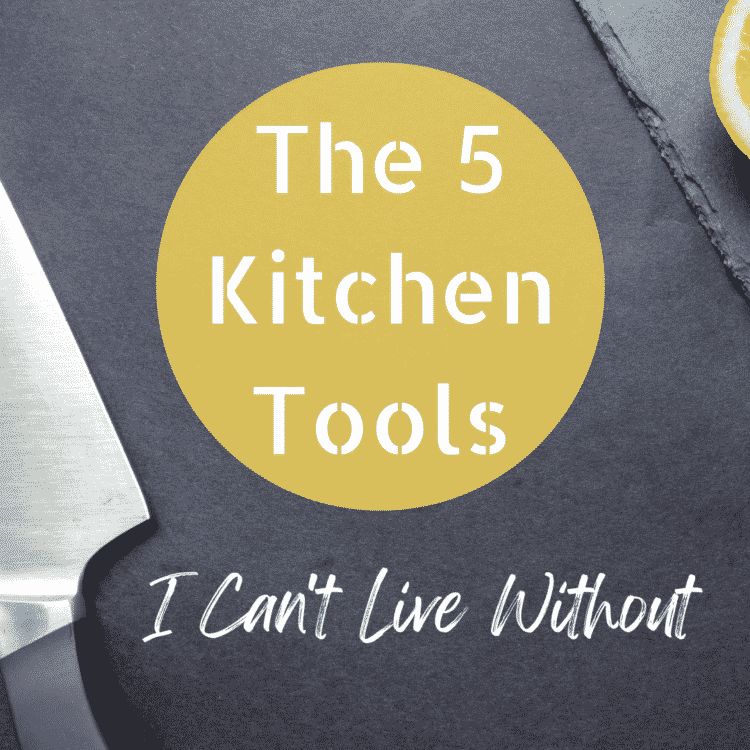
What is your favorite kitchen tool?
Sharpeners come in a wide variety ranging from manual sharpening devices, sharpening steels and stones to electric sharpeners. This is a huge topic, way too big to cover here. What’s important is that you choose one that you’re comfortable with and use it regularly. I currently use a manual knife sharpener made by Wusthof periodically to sharpen my knives. I also use a honing steel on a regular basis to maintain the sharp edge.
The food often sticks to the back of the zester, so remember to scrape everything from the back of it when you’re done.
3). Food Scale
Volume vs Weight
I use my tongs for:
- Browning meat in a pan like in my Sunday Beef Stew. After searing the meat for a few minutes, the tongs are the perfect tool to carefully flip the meat over without splashing hot oil on yourself. You should never use a fork or anything that’s going to pierce the meat because then all of the juices will flow out leaving you with a dry piece of meat.
- Making pasta. The last crucial step in most pasta dishes is tossing the hot pasta in the sauce while it’s on the stove so that the pasta can absorb the sauce. I can’t imagine making one of my favorite pasta dishes, Spaghetti Carbonara, without them. I also use them to move the spaghetti around in the boiling water when I'm cooking it.
- Sautéing fresh greens like spinach or kale. I use the tongs to turn them as they cook and wilt down in the pan.
- Turning large roasts in the oven to ensure even browning
- I even use them to squeeze juice from a lemon. It's a great trick if you don't have a lemon juicer!
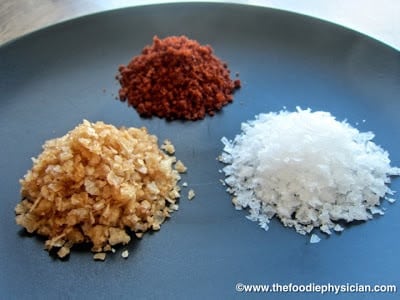 |
| Finishing salts: (clockwise from left) Halen Mon Gold (smoked salt from the Welsh coast), Haleakala Ruby from Molokai, and Maldon Sea Salt flakes from England's south coast |




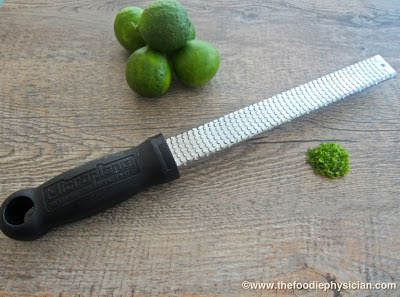

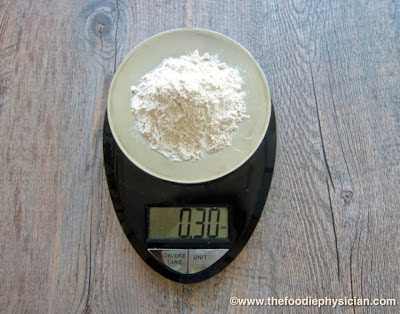

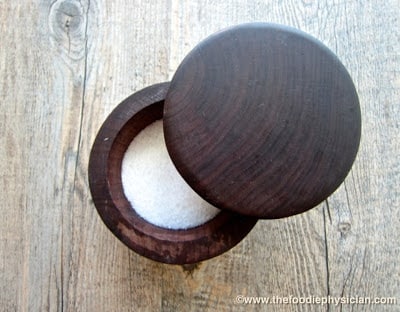


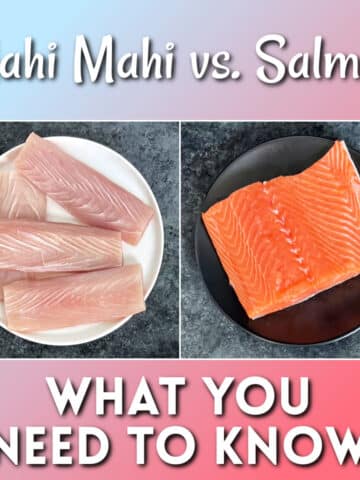

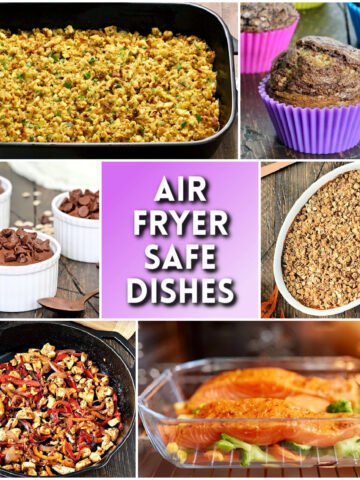
Susan Ralph says
Really nice post! A well sharpened knife is indeed an important kitchen tool. Angle Pro Sharpener offers really amazing knife sharpening tool and gauge that ensures the knives are sharpened at the right angles too. Sharing for anyone looking for it. Do check it out!
Tony Chen says
Thanks for sharing the awesome post Sonali! Lot of people have a huge amount of tons but reading through your post made me realize only a few tool is really needed to make the best of your recipes.
Charlotte Norris says
Sharpeners are very important for our kitchen. They quickly make dull knifes Sharpe. Thanks for sharing such useful information.
Suhana Morgan says
My favorite food processor in the kitchen is the vegetable chopper. Please increase your list by adding vegetable hopper. This tool reduces my kitchen work Love in reading your post. My kitchen needs to be improved with these smart gadgets.
Share with me more!
Max Martin says
Great post! I love that you've included the wooden salt bowl. Honestly, there's something unique about seasoning your food using your fingertips instead of a shaker. It's just more traditional that way. One thing I think you should mention in your list of must-have kitchen tools would be a basic kitchen bench stone. It's honestly one of those tools that you think you can go without having, but once you have one and use it to keep all of your blades, knives and other tools sharp you will never look back. Just my two cents!
farnandas says
Nice post.
ur says
I love the salt container! I agree that the tongs and microplane zester are 2 great tools to have. I also like the digital food scale.Do you sharpen your serated knife with the knife sharpener?
Annette @LosingYourBelly says
For sure all kitchen needs. Love your salt bowl, what a nice gift that was.
Maureen | Orgasmic Chef says
I agree with all but the salt bowl. If I had to I could leave the salt in the box but I couldn't live without my silicone spatulas. I use them for everything from stirring, frying & scraping.
I DO love your salt bowl though. I might have to rethink my priorities.
katherine Martinelli says
I so agree with all of these! I brought my microplane to Israel with me, and picked up a knife sharpener once I got here. I also never used to own a scale but now find it indispensable - it's also super useful when I need to switch back and forth between metric and English measurements. I also can't live without my 3-in-1 mini food processor/immersion blender/electric whisk - I've had it for 5 years and it's traveled across the world with me. Love it!
Lyndsey Fleenor says
I did a Top 5 list just like this on my blog last December and it also featured my digital scales, global knives and microplane! I guess it just goes to show how fantastic and essential they are! Great list : )
imagesbytdashfield says
I have all of these but the salt bowl/cellar. Guess that should be put on my list of things to get.
Ally says
Really love this, Sonali! I'm like you w/the sharp knives, but I use the old fashioned sharpener...I'm gonna get one like yours...omg, tongs a must and I'll give the weight scale a try...I'm so 'un' regimented when it comes to measuring and weighing...buuuuutttt, if you say so!! xo Ally
Faith Warmheart says
Pampered Chef food chopper (like a Slap Chop, only bwtter), microplane, salad spinner, electric tea kettle & kitchen shears. 😉
Faith Warmheart says
Pampered Chef food chopper (like a Slap Chop only better), salad spinner, electric tea kettle, microplane & kitchen shears. Can't live without 'em!! 😉
Faith Warmheart says
Pampered Chef food chopper (like a Slap Chop, only bwtter), microplane, salad spinner, electric tea kettle & kitchen shears. 😉
Ann says
This is such a great idea for a post, Sonali! I adore my kitchen scale, too--for all the reasons you mentioned, plus I end up with fewer measuring cups and spoons to wash!!
BecHeflin says
I completely agree with you on the kitchen scale, Sonali! Once I started using one, my baked goods tasted SO much better! The other tool I can't live without is my digital thermometer. I've ruined perfectly good roasts because I left them in too long. I think a lot of people could use some understanding of what carryover cooking is and how it can make OR DESTROY a dish!
Justine Fontinell says
Love this list, Sonali. And your honorable mentions are even great: i love my mini food processor (I never use my full-size one!)